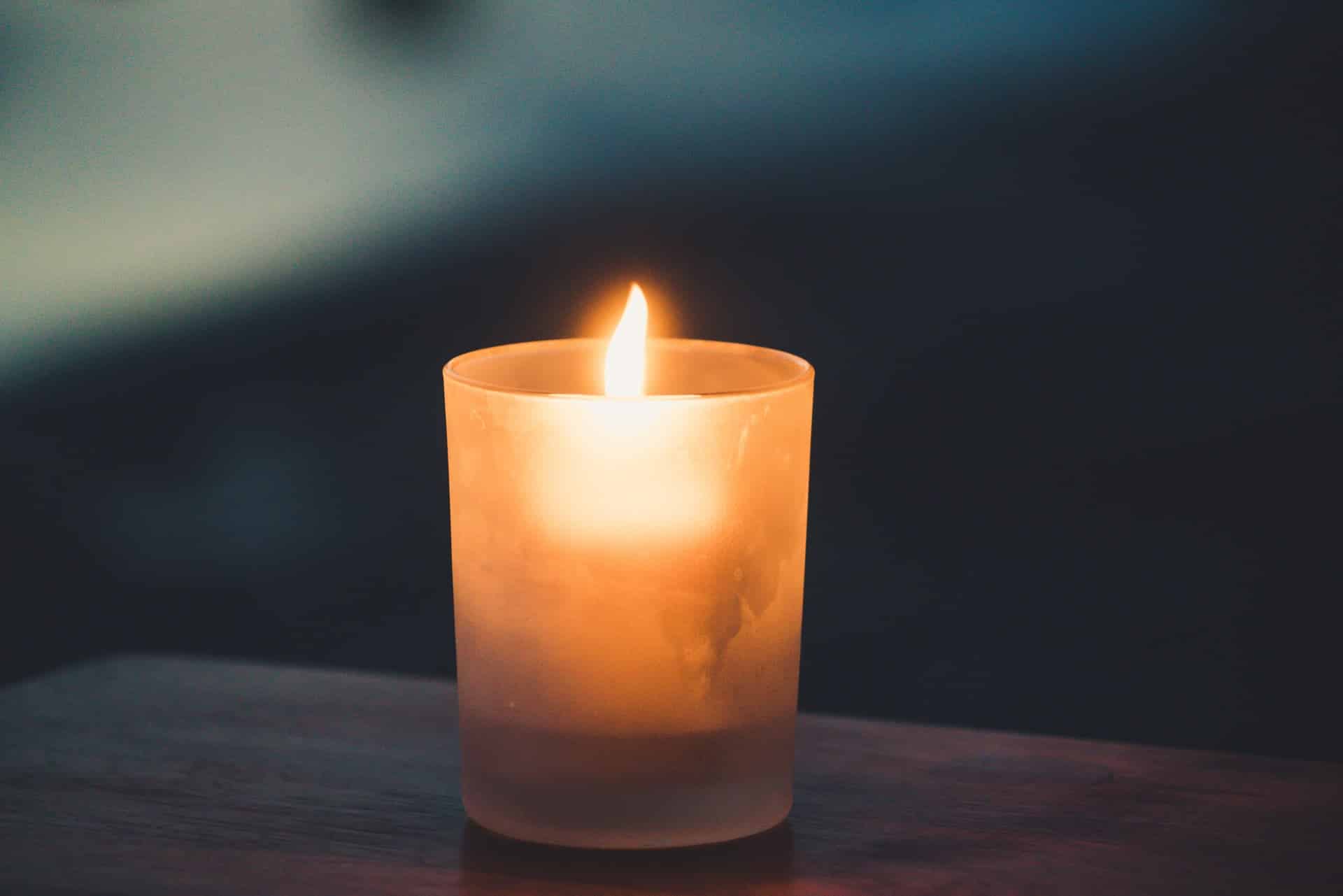The History of Yoga and Why It Matters to You
The history of yoga matters; it matters to the industry, and it matters to those of us interested in reaping the benefits of this amazing practice and sharing those benefits with the world.
But yoga has been co-opted by the fitness industry in many ways, so you have to be careful going in, know what to expect, and be willing to get up and walk out.
The first yoga studio I went to almost destroyed yoga for me. I had seen yoga on television. I had read about it. I had a girlfriend who practiced. And I had mostly heard about yoga as beneficial for peace of mind. This first class I attended was not that. It wrecked me.
It was not yoga.
It was fitness disguised as yoga.
And look, for anyone interested in this style of fitness yoga, that’s awesome. Good for you.
But why call it yoga? It’s not yoga. Maybe it’s pilates. Or aerobics. Or some other form of brutal cardio where you exercise in a class together and sweat buckets, moaning and groaning all the while.
Again, if that’s your thing, yay! It’s not my thing.
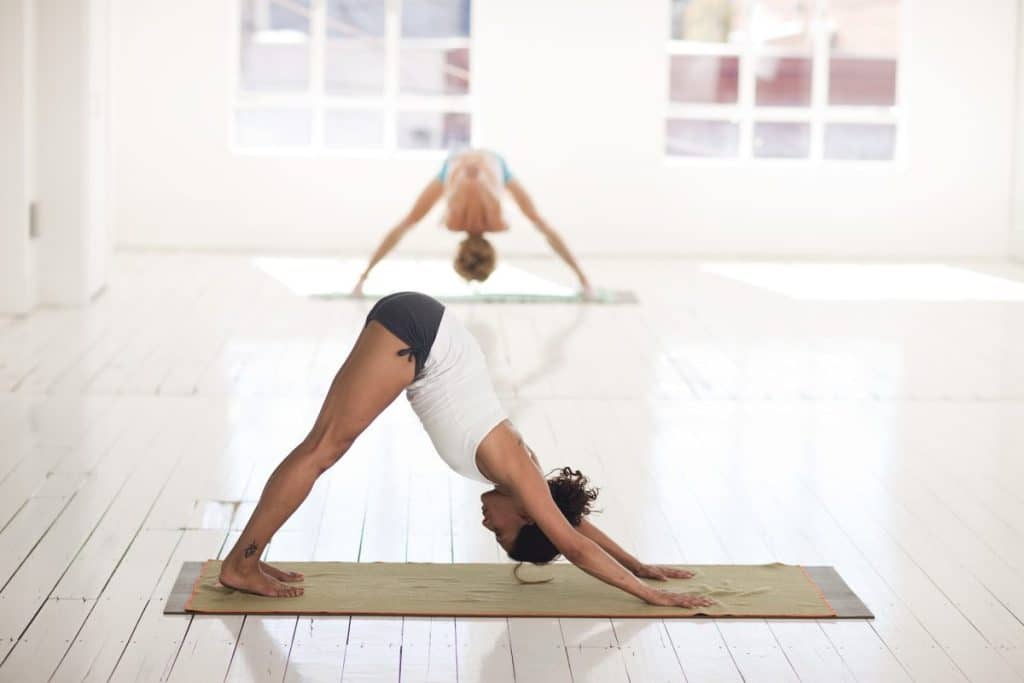
Table of Contents
The Origin of Yoga
Yoga is, at heart, a spiritual practice begun in India over 5,000 years ago. The primary components of yoga are breathing and postures.
The postures are intended to help you with flexibility and strength physically so that you may become flexible and strong mentally and spiritually.
Though yoga is thought to have been around since the dawn of civilization, yoga originated in written form in Indian spiritual texts called the Vedas. Yoga particularly lies in the Rig Veda, which is the oldest of the four Vedas, and it was then refined and developed by Rishis, or sages, who then wrote down their practices in the Upanishads, another spiritual text from India.
From there, yoga was adopted and adapted by many cultures across spiritual beliefs in the Far East.
The goal, across all civilizations from the very beginning, has been to connect the mind to the body, to bring present awareness.
The word “yoga” means “to join” or “to unite.”
Yoga is a physical incarnation of the concept of yin and yang, bringing everything into balance, to bring the practitioner fully into the mind and body.
It is a meditative practice that focuses on the breath first and foremost, always the breath.
Yoga has traditionally been taught or led only by a guru and it was a critical part of spiritual practice.
As BKS Iyengar, one of the foremost yoga teachers in the world has said, “yoga is about harmonizing oneself with the universe. It is the technology of aligning individual geometry with the cosmic, to achieve the highest level of perception and harmony.
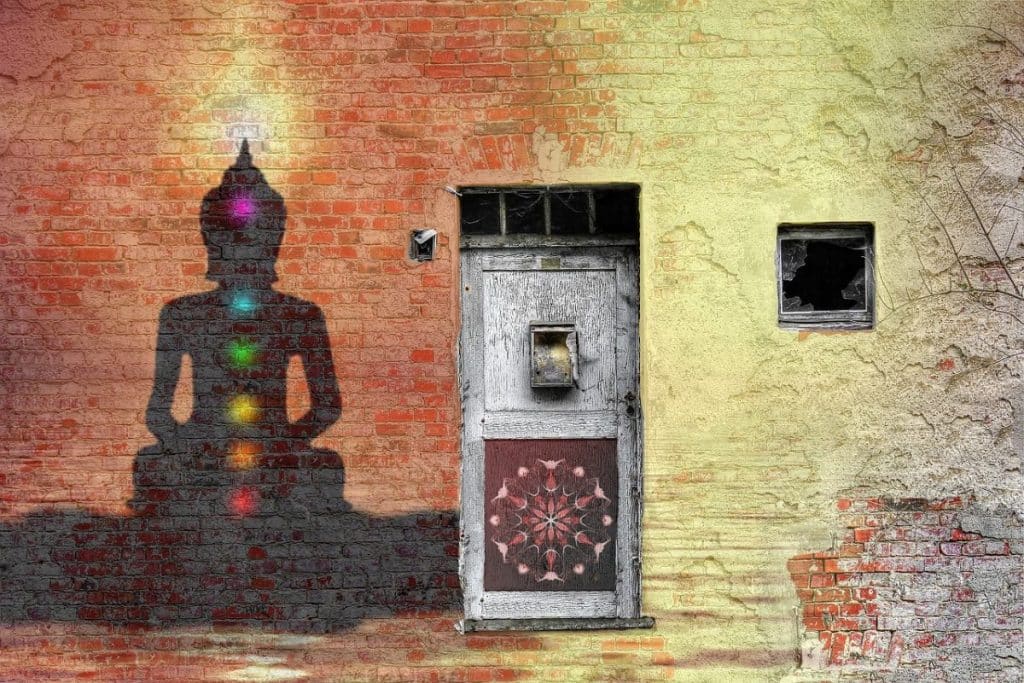
How True Yoga Can Help You
The description of yoga throughout history and the way deeply spiritual people have practiced it is very far from what you will find in many yoga studios in the west today.
True yoga, as originally intended and practiced for thousands of years, is spiritual. While many articles will surely tell you that it is totally okay to do yoga just for the workout, and of course it is, you do you, the goal of yoga is to get you to go inside yourself.
If you are suffering through yoga, gritting your teeth to hold poses, stressing yourself out to get that pose just right, you are missing the whole point.
The whole point is exactly the opposite.
I actually did get up and walk out of the yoga studio that first time I went, as the instructor launched into a high-speed aerobics class that had us downward dogging like twenty times in under a minute.
Now, however, when I find myself in a new class that is more fitness-y than yoga based, I simply move through class at my own pace, I strike the poses based on my own practice, and I usually fall way behind the class.
Not a single teacher has ever said anything to me.
Indeed, one of the greatest things about yoga is that almost every single teacher I have ever had will start the class by saying “do what is right for your practice.”
Thanks. I will.
So, if you are doing yoga for fitness, great. You can get a great workout if you speed it up and sweat a lot.
You’re probably not actually doing yoga, but that’s cool. No one in today’s climate is going to judge you for wanting to take care of your physical health.
But, if you are doing yoga for yoga – to deepen your spiritual practice, to center your mind and body, to prepare for your day, to find peace, to find the divine – this practice can only get better and better.
And make you better and better.
Yoga is a truly peaceful and divine practice, and the benefits radiate outward.
Most people who do true yoga, with meditation and breathwork involved, are calmer, have lower resting heart rates, are more patient, sleep better, and have better communication skills.
You learn to truly live by the “live and let live” philosophy.
Now, if you back that up with some Buddhist teachings a la Pema Chodron or Thich Nhat Hanh, you’re well on your way to true enlightenment!
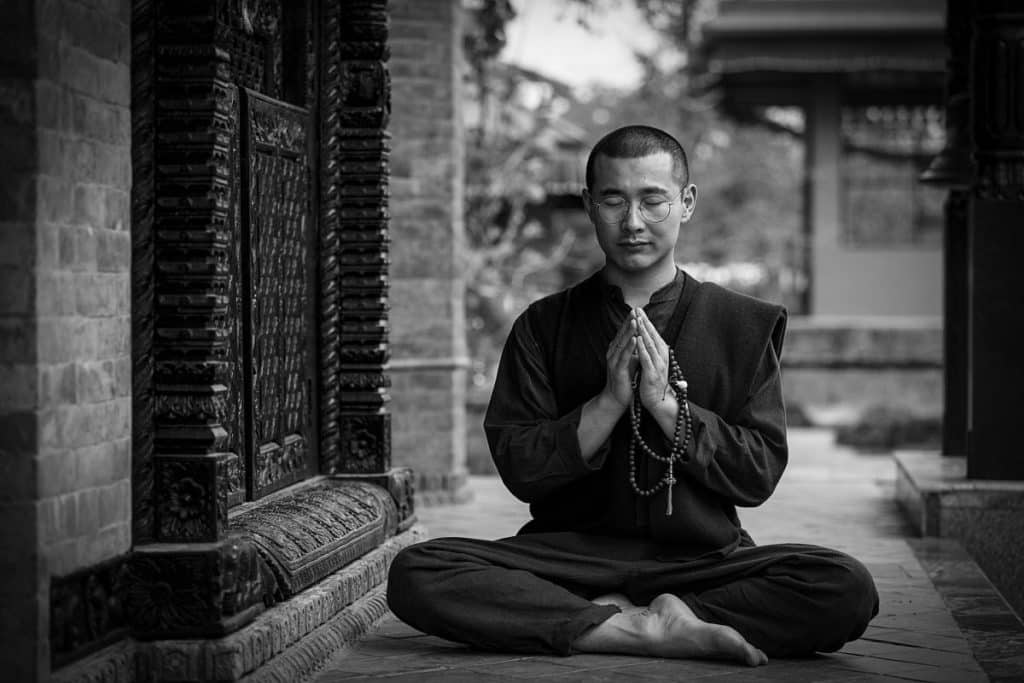
How to Get into Yoga
If you’re looking to get into yoga as it was originally taught, you can try Hatha yoga, which is a slow, gentle yoga that focuses on holding poses and connecting the mind and the body.
You can also check out Vinyasa yoga, which is a seamless flow from one pose to the next, focusing on breath to attain balance.
The truth is, it really depends on the teacher, so, like with most things, you will have to try it and see what works for you.
And yes, I would absolutely take a professional class in a studio. Aim for once a week to get you started, which will help you learn all the poses and pick and choose which ones you like best.
Do not be afraid to go slower than the rest of the class, do not be afraid to not do a pose you don’t like, and do not be afraid to get up and leave the class.
Yoga is about finding your highest self.
There is no better way to do that than to be true to yourself.
Once you have taken a few months of classes, you can scale back to like once a month and start your own yoga practice at home.
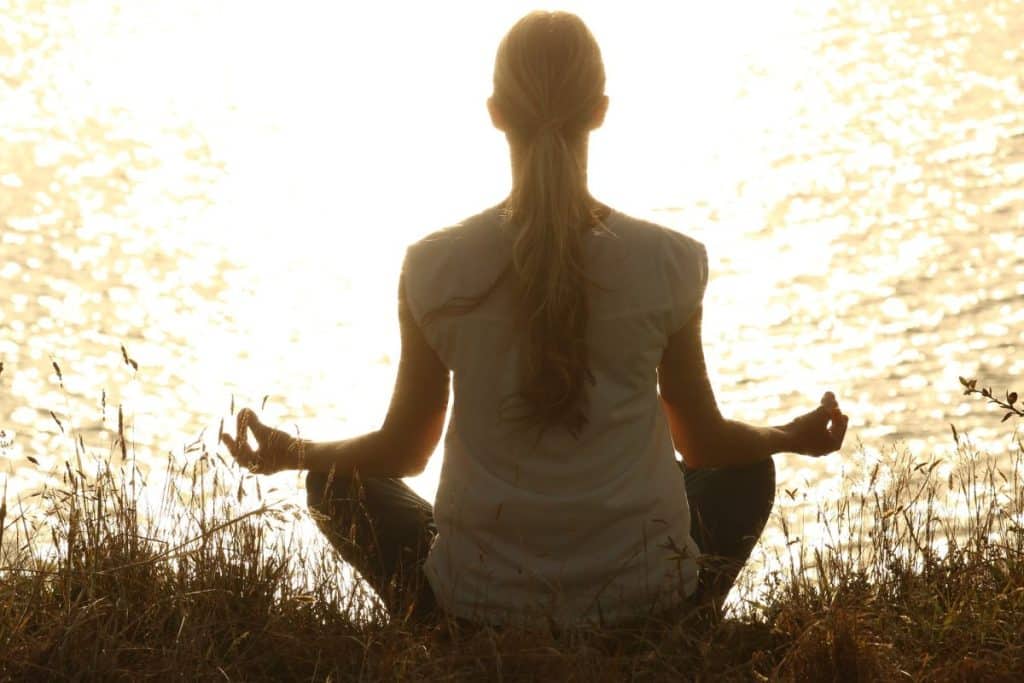
What You’ll Need to Start Yoga
To get started, all you’ll need is loosely fit clothing, yoga pants and a tank top are great, and a yoga mat.
Typically, yoga is practiced barefoot, to keep you grounded, so you can wear any kind of shoes to the studio you like. I usually go in flip flops.
Also be mindful that yoga can often be practiced in a heated room as well because sweating is an excellent form of cleansing.
If you can find a studio that has red lights, even better, as red lighting is great, especially during winter, for boosting wound healing, reducing stretch marks, improving cognitive function and mood, and increasing motivation.
Also be sure to arrive to your yoga class at least 10 minutes early so you can get a good spot.
As someone who always runs late, I am always early to yoga. I hate having to squeeze my mat in between other mats in a crowded studio.
How to Practice Yoga
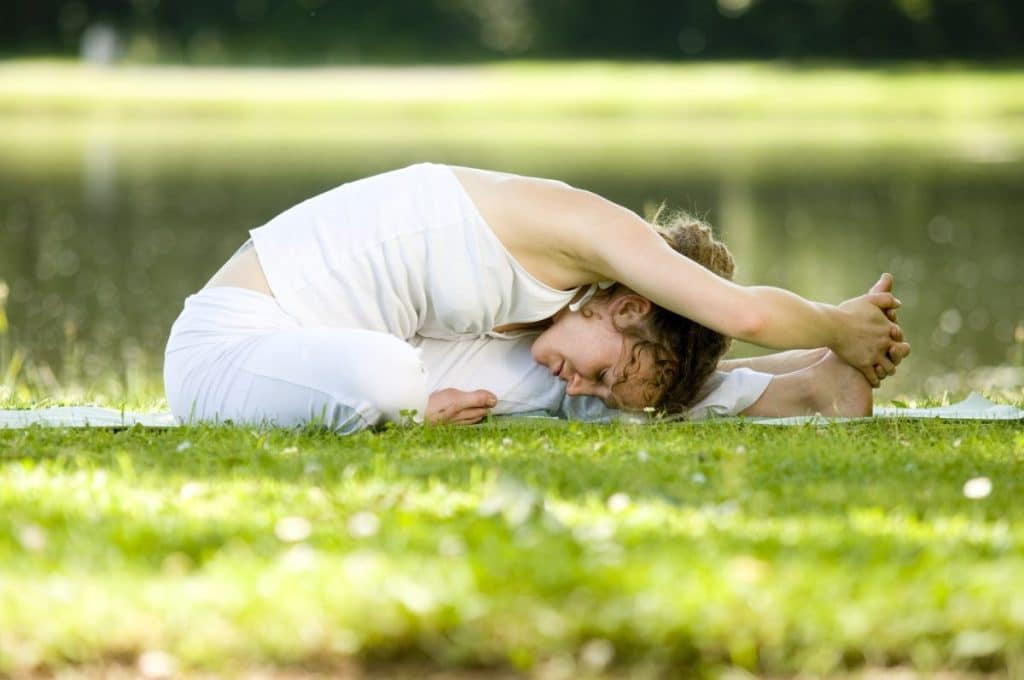
The correct answer to “how to practice yoga” is, “you will learn.”
There is no wrong or right way to practice yoga as long as your focus is on breath, staying present and grounded, and connecting your mind and your body.
If you are not doing those things, and you’re simply exercising, that is totally fun. But you are not doing yoga.
If you are focusing on these elements, then any moves you do, in any order, at pretty much any speed, is your yoga.
I begin most of my mornings with 15 to 20 minutes of yoga in order to prepare myself for 15 to 20 minutes of meditation.
My goal is to hit all of my body parts, stretching my limbs, getting limber, waking myself up, and reintroducing myself to my body.
Morning yoga is good because it prepares you for the day.
But I have heard many people rave about evening yoga as a way to prepare for a good night’s sleep.
So, you see why yoga as exercise is not a great idea? It’s hard to fall asleep after getting your heart racing!
After yoga, it is a good idea to lie in corpse pose, which is basically just flat on your back with your feet fallen to the sides and your arms resting by your side and go inside yourself.
After 15 minutes of yoga and 15 minutes of meditation, you cannot help but get up and face the world with a brighter perspective on life.
Happy manifesting!





